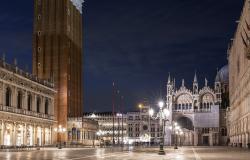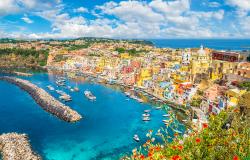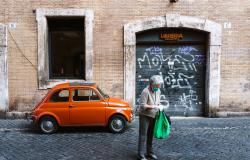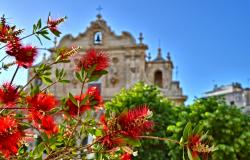When 600 Years Old Statues Can Move You to Tears











Easter is probably the most important Christian festival because it celebrates the resurrection of Christ, but I have always considered it also as the religion celebration with the widest universal appeal as it is identified with the cyclical return of nature after the darkness and frost of the winter season.
Over 2000 years after Jesus's arrest, trial and crucifixion, the human side of the story about injustice, pain, and survival speaks to everyone regardless of specific religious beliefs and traditions.
Art has always had a major role in making this message even more relevant, timeless and universal. An artist in particular achieved this more than 600 years ago, Niccolò dell'Arca (1435-1494), also known as Niccolò da Ragusa, Niccolò da Bari and Niccolò d'Antonio d'Apulia, with his “Compianto sul Cristo morto” (Lamentation Over the Dead Christ), a life-size group of six separate terracotta figures lamenting in a semicircle around the dead Christ, which are in the Sanctuary of Santa Maria della Vita in Bologna. The church is in Via Clavature near the 'Quadrilatero' area which is a famous shopping area for all the foodies in Bologna.
I had studied all about 'Il Compianto' before I went to see it. None of the books, none of the pictures, none of the videos I had read or seen about it had prepared me for it. More than 600 years after they were made, these fragile, now colourless terracotta statues moved me to tears.
They are so incredibly contemporary in their expression of pain and torment that I suddenly felt overwhelmed by the universal and timeless grief they express. I have seen that pain, many of us have experienced it, we know what it means. The only peaceful figure is that of Christ who looks serenely asleep on a decorative scalloped coverlet. Each of the other figures' dramatic pathos, the expressions of grief and torment is intensified by the realism of the dramatic and facial details. This realism was unusual in Italian Renaissance art, making Nicolò dell'Arca's work all the more interesting.
As I mentioned earlier, there are no good enough photos that can convey how powerful the art behind these group of statues is, but while you think about planning your next trip to Bologna, we hope this selection of images can give you a taste of this unusual masterpiece of Italian Renaissance.



